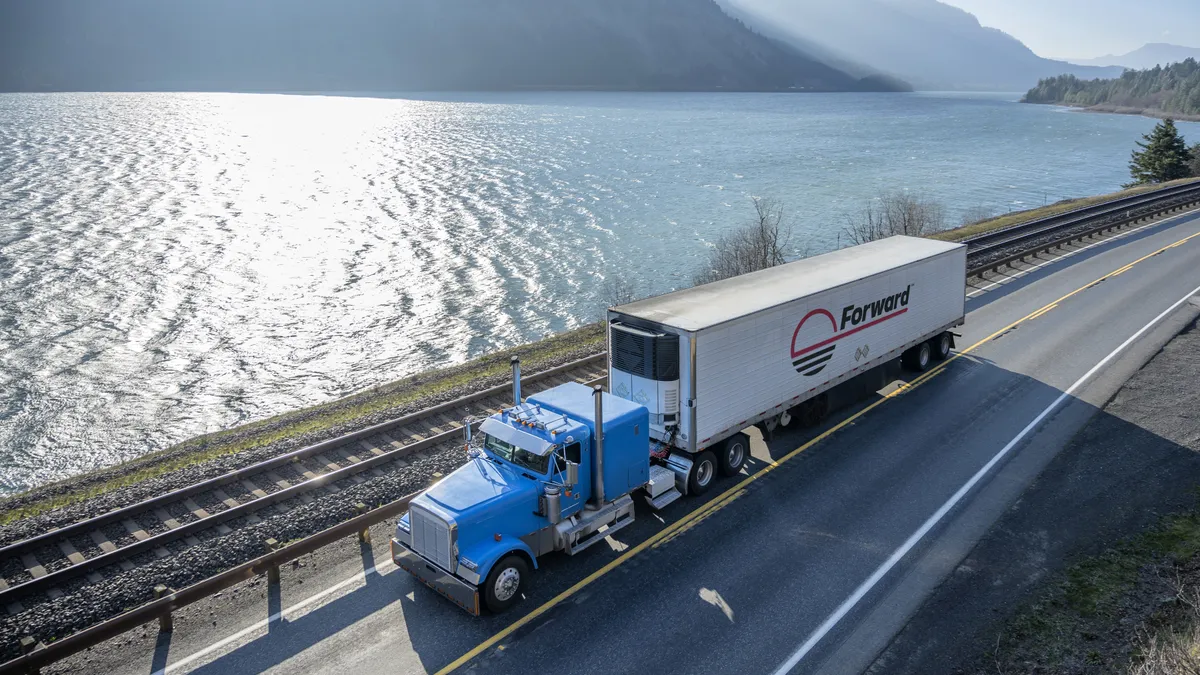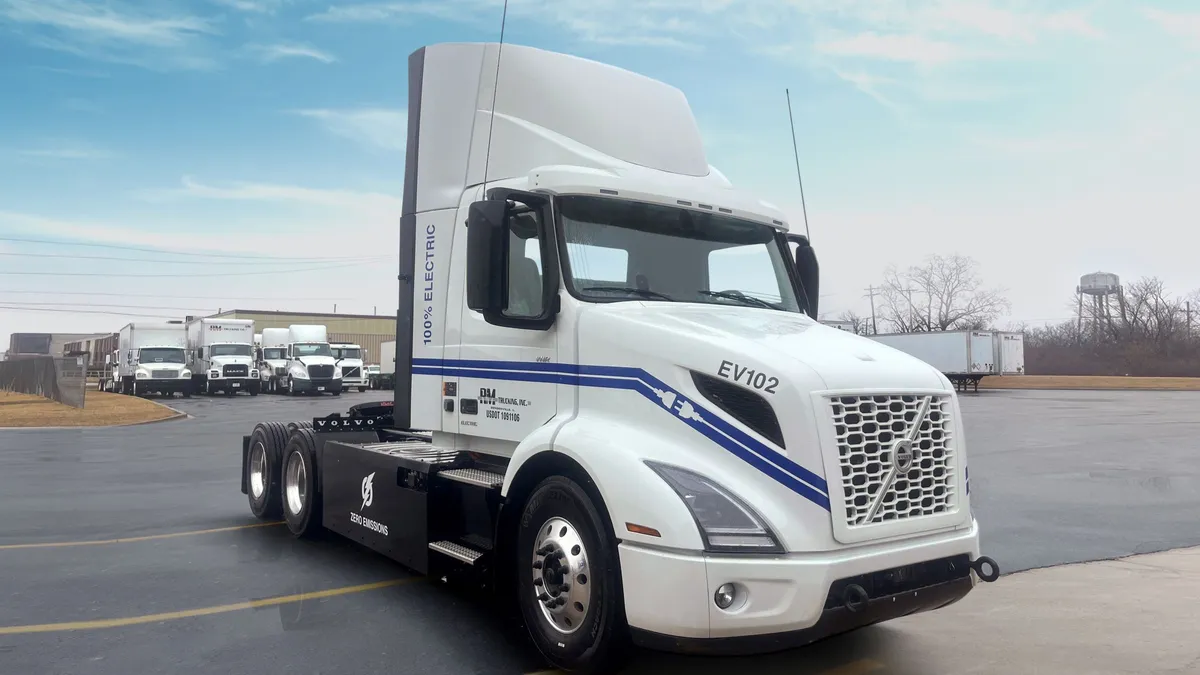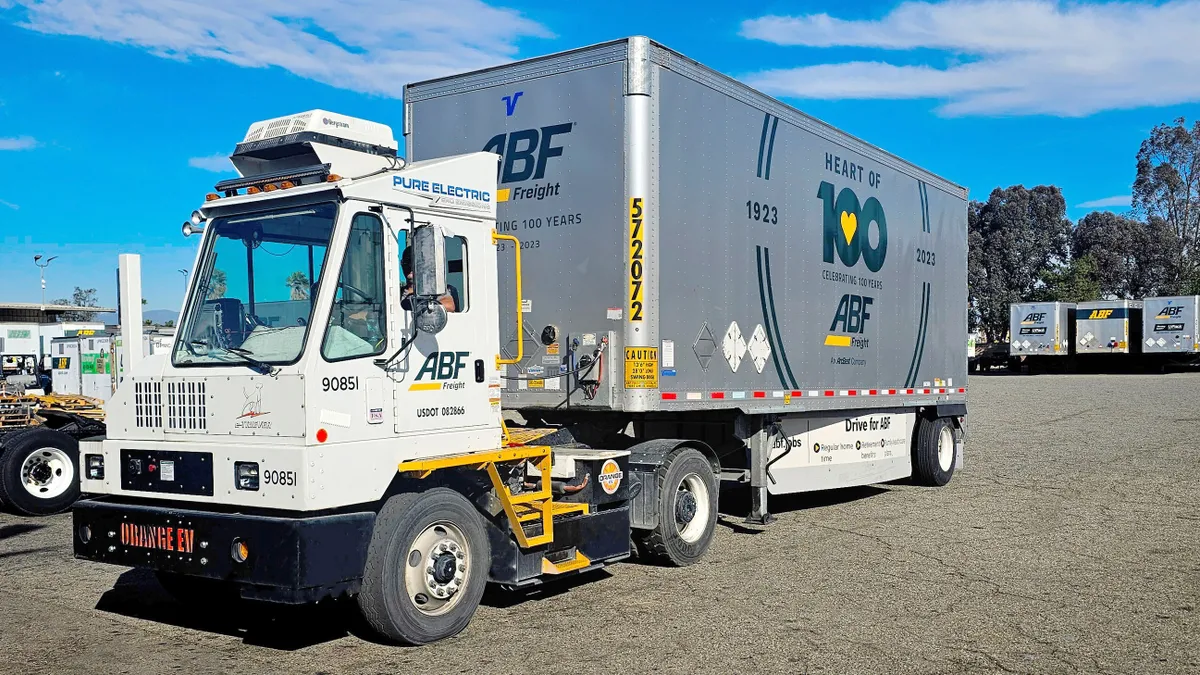There's a commercial currently airing that shows a giant teddy bear on a pallet sitting on a dock. I know that carrier isn't condoning shipments of unpackaged giant stuffed animals, but it's not all that unusual to face equally onerous freight in real life.
Maybe you've seen pyramided cartons on a pallet. Loosely bundled pipe in various lengths. Light, unstackable pallets. Not enough loose cartons of top freight. Flimsily crated machinery. I could go on.
Freight with these and other unsavory characteristics destroys load factor, chews up capacity in gulps, promotes damage and forces more equipment on the road (which means yet another driver that you may or may not have).
I've always likened the challenge faced by those outbound dock crews to a thousand piece, all-black, jigsaw puzzle that you only have three hours, if that, to assemble. It's fast and furious on the docks. Their jobs could be made so much easier with a little support.
From whom, you ask?
In LTL, so much — if not everything — is about the "mix" of freight that carriers have available to load. It's such an important part of the business that efforts to get it right need to start at the top.
Yes, I'm talking about the C-suite and all other suites located down the hallowed halls of headquarters: operations, sales, finance and the folks who set the prices.
First line of defense: sales
One of the first steps to solving a freight mix mismatch is understanding how it got there in the first place. Simply put, "bad mix" results from ineffective sales.
Pickup and delivery drivers contribute a little. But who wants their drivers confronting customers about packaging or shipment configuration? I've seen it happen before, and the results are rarely pretty.
Sales is the carrier's frontline of defense to "bad freight." I've heard it said that there is no such thing as "bad freight," just bad pricing.
I'm not so sure about that.
Back to that giant teddy bear in the commercial: If someone agreed to pay me $20,000 to haul that thing, it would likely lead to a $20,000 claim. All I'd be left with is the cost of practice in hauling giant teddy bears on pallets, which is practice I don't need. Neither do you.
Long ago, I would have annual discussions with sales people, doing a deep dive into their territories. I will never forget the first time I did this type of planning session. I had salespeople who didn't have a clue what some of their top 25 customers shipped!
I saw this as a failure on my part. But, more importantly, it was a great opportunity to improve a lot of things, freight quality being chief among them.
Freight with these and other unsavory characteristics destroys load factor, chews up capacity in gulps, promotes damage and forces more equipment on the road.

Salespeople, working in lockstep with operations, need to understand the type and quality of freight that fits in their respective networks and protect those vital characteristics with passion and resolve. And this must be done at the local level.
Doesn't it make sense that, if all local facilities fed freight into the network that was consistent with the freight quality expectations as set by corporate, efficiencies would increase along with productivity and profits? Claims would be reduced, too.
Another piece of advice: When it comes to freight quality and mix, transactional LTL freight brokers are not your friends. Too many times I've seen "bad freight" refused from one broker only to see it offered again (from the same shipper) from another broker a short time later.
Carriers, through their sales departments, need to communicate freight quality expectations to all 3PLs and brokers, and force compliance just as we do with our regular shippers. And, ideally, it's a three-way conversation which involves the shipper.
Shippers will go to any lengths to save money and get their product to market. You would, too. So, carriers need to help them. 3PLs are normally very open to this, while transactional brokers really have little control over freight quality/mix even if they cared.
But, like I said, sales is only the first line of defense. If you're smart, you'll have more than one.
Other defensive strategies
Perhaps you've been given this piece of classic leadership advice: Your people will begin caring about something once they become convinced you care. That notion certainly applies in this case.
And rather than just talk about it, I'd submit that proactive measures, such as walking the docks, would demonstrate the right level of care and concern.
Let me hasten to add that, while executive presence would be one indication of high-level interest, the best indication would be active engagement with those involved in the loading process. Active observation, commentary and questioning will put freight mix and stowability top of mind.
As another line of defense, some carriers including XPO Logistics address hard-to-handle freight by levying punitive surcharges. But I wonder if those fees are really the best answer.
Ugly mix has far-reaching tentacles.

I'm not sure you can be punitive enough in those cases, where bad characteristics or mix forces you to add trailers, tractors and drivers while also increasing the chances of damage and decreasing your chances to deliver to your standards. Ugly mix has far-reaching tentacles.
The current "supply chain crisis" demands that carriers guard their very limited capacities. From dock doors, to drivers, to dock workers, to revenue equipment — it's all limited. So, the preservation of any and all capacities becomes paramount.
Freight quality/mix is one of the most important capacity factors that should be addressed. The most effective processes begin with passionate executives. Become one before you find your docks full of unpackaged giant stuffed teddy bears on pallets.
Lanny Fleming began his career with Roadway Express in 1977. He was with American Freightways and FedEx Freight for 20 years, and UPS Freight for six. Views don't necessarily represent those of Transport Dive.





















